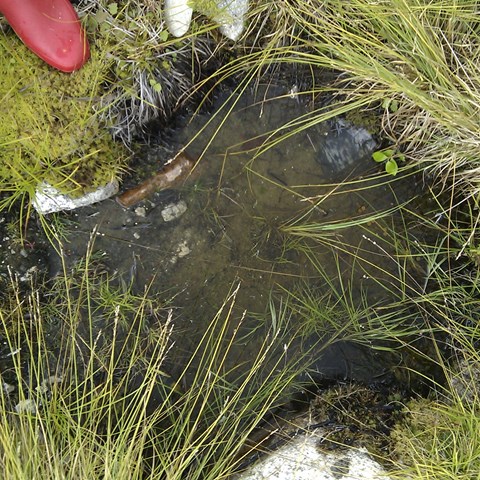Contact
Department of Aquatic Sciences and Assessment, Division of Geochemistry and Hydrology

This project, funded by the Swedish Energy Agency, will exploit a new hydrological modelling approach informed by high resolution topographic mapping to quantify the hydrological connection between environments of high methyl-mercury formation and surface waters.
Bioenergy harvesting can influence the turnover of mercury in forest soils. Fish mercury concentrations well above the Environmental quality standard set by the water framework directive are a major concern in large parts of the northern hemisphere. It is thereby important that bioenergy harvesting will not further increase the export of mercury from forests in addition to conventional stem-only harvest. A project funded by the Swedish Energy Agency found that stump harvest can create environments of high formation rate of bioavailable methyl-mercury. A parallel Skogforsk study of driving damage indicates that use of logging slash to protect soils promoted methyl-mercury formation in the underlying soil by working as an electron donor for mercury methylating bacteria. We hypothesize that it is not just the creation of methylation hotspots, but also their hydrological connectivity that together determine how much MeHg reaches streams.
Aim
The aim of this project is to:
By a new hydrological modelling approach taking both sub-surface and surface flowpaths into account, the hydrological connectivity between potential mercury methylation hotspots, i.e standing water pools, and surface waters, will be quantified in two stem and stump harvested areas and two stem-only harvested areas in Uppland.
In two research sites in Västerbotten; Rotflakamyren and Trågalidsberget, we will study the effect of logging residues left on ground on methyl-mercury formation by analysing the soil methyl-mercury and total mercury concentrations in soils below and outside of logging residue piles.
Karin Eklöf (Swedish University of Agricultural Sciences), Ali Ameli (University of Western Ontario), Kevin Bishop (Swedish University of Agricultural Sciences), Eva Ring and Lars Högbom (Skogforsk)
The project is funded by the Swedish Energy Agency.